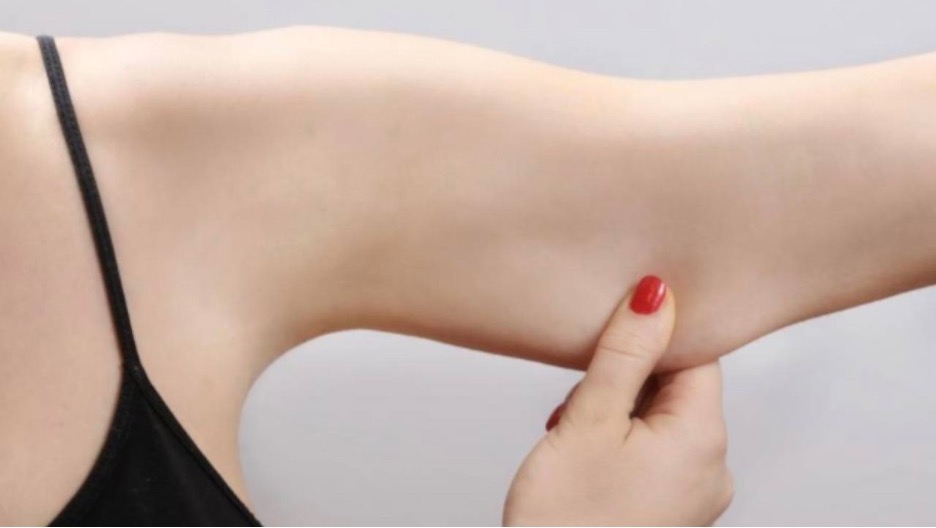Sagging Skin is one of the most common concerns when it comes to ageing skin. It often presents gradually over a number of years but even a little loss of skin elasticity can alter our appearance, cause low self-esteem and make the face look particularly tired, unhealthy or dispirited.
What Causes Sagging Skin ?
Skin sagging refers to the loss of firmness, elasticity, and tightness in the skin, resulting in a looser and less toned appearance. It is a natural part of the aging process, but various factors can contribute to the development of skin sagging. These include:
Age
Sun Exposure
Loss of Facial Fat
Genetics
Lifestyle Factors
Rapid Weight Loss
Hormonal Changes
How we Treat it
Treatment options for skin sagging vary depending on the severity and individual needs. Some common approaches include:
Chemical peels
Ablative laser resurfacing: Often called “laser peeling”
Ultrasound skin tightening
Radiofrequency (RF) treatment
Intense Pulse Light (IPL)/Radio Frequency (RF) Combination treatment
Neuromodulator
Non Surgical Treatment for Sagging Skin
Non-invasive and minimally invasive treatments such as radiofrequency, ultrasound, laser therapy, and microcurrent therapy can stimulate collagen production, tighten the skin, and improve skin elasticity.

Enjoy Beautifully Smooth, Silky Skin
After Laser Hair Removal
Frequently Asked Questions
Almost any part of your body and face can be effectively treated with laser hair removal. These include the following areas:
– Legs
– Bikini Line
– Public area
– Abdomen
– Back
– Chest
– Forearms
– Underarms
– Neck
– Chin
– Scalp
Skin sagging is primarily caused by the natural aging process, as the skin loses collagen and elastin over time. Other factors such as sun damage, genetics, lifestyle habits, and rapid weight loss can also contribute to skin sagging.
While it is not possible to completely prevent skin sagging, certain measures can help delay its onset. These include maintaining a healthy lifestyle, protecting the skin from sun damage with sunscreen, practicing good skincare habits, and avoiding smoking and excessive alcohol consumption.
Skincare products alone cannot reverse significant skin sagging. However, using products with ingredients like retinol, peptides, and antioxidants can help improve skin texture and firmness, providing some mild tightening effects.
Be sure to shave the target area the morning of or the day before your treatment, leaving the hair no longer than 2 millimetres. Shaving removes the majority of hair but leaves a small portion in the follicle to absorb the laser energy. Cleanse your skin with soap and water, and do not use any lotion, deodorant or perfume on the area.
The longevity of results from non-surgical treatments varies depending on the treatment method, individual factors, and proper skincare maintenance. While these treatments can provide noticeable improvements, they typically require maintenance sessions to sustain the results over time.
Skin sagging can begin to occur at different ages for individuals, depending on various factors such as genetics, lifestyle, and skincare habits. Generally, it becomes more noticeable in the late 30s or early 40s as collagen and elastin production naturally decline.
However, this should not be confused with permanent hair removal, as we cannot guarantee that all of your hair follicles will never produce hair again. The majority of the follicles will be damaged and unable to grow new hair, but a small number of them may still produce fine hairs.
Yes, certain lifestyle changes can help improve skin elasticity and delay the onset of skin sagging. These include maintaining a healthy diet rich in antioxidants and nutrients, staying hydrated, getting regular exercise, managing stress levels, and avoiding excessive sun exposure.


